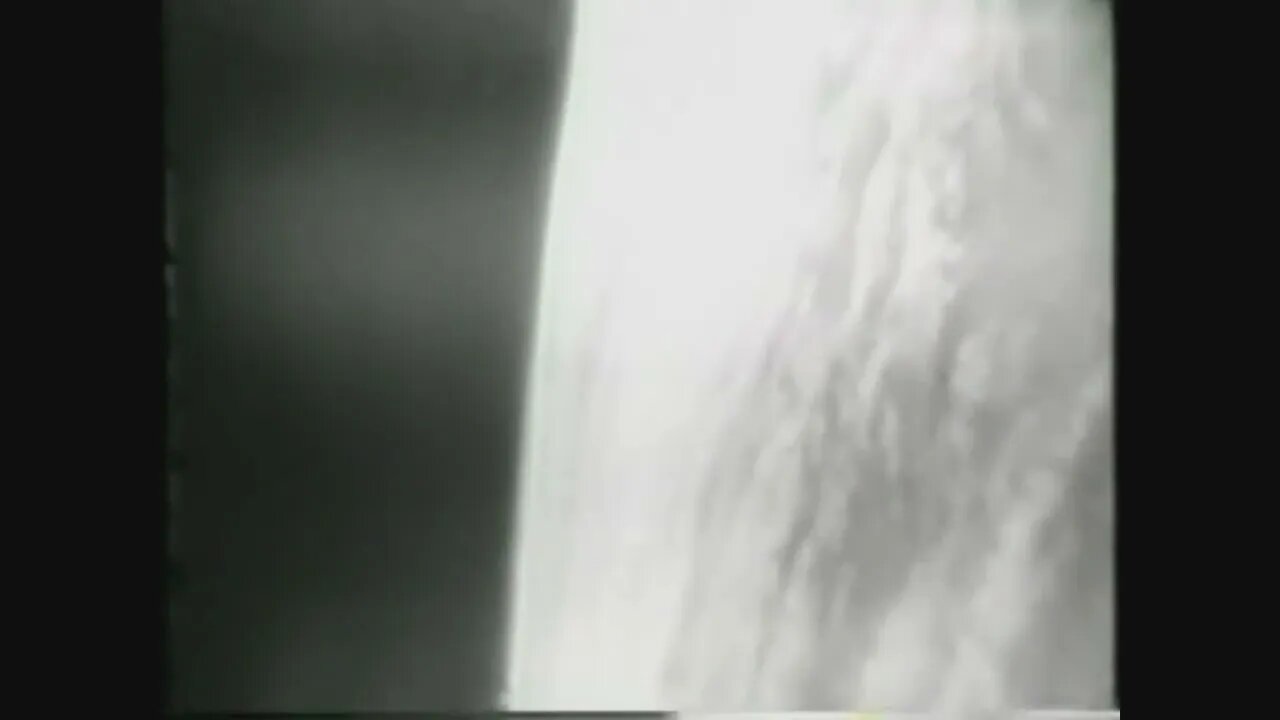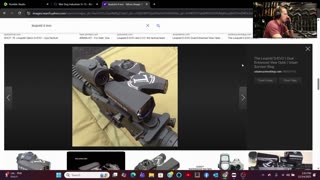Premium Only Content

NASA Echo II Launch 1964 12 Unidentified Flying Objects in 60 seconds
In 1964, NASA successfully launched Echo II, a significant milestone in the field of satellite communications. Echo II was an inflatable satellite with a diameter of approximately 41 meters (135 feet) when fully deployed. Its primary purpose was to serve as a passive reflector of radio signals.
Constructed from a lightweight polyester film coated with a reflective aluminum surface, Echo II was essentially a large, hollow sphere. It had a thickness of only a few micrometers, making it extremely thin and lightweight. Prior to launch, the satellite was compacted and stowed inside the payload fairing of the Thor-Delta rocket.
On January 25, 1964, the Thor-Delta rocket carrying Echo II lifted off from Launch Complex 17B at the Cape Canaveral Air Force Station in Florida. Once in space, the rocket released the satellite, allowing it to inflate and take its spherical shape. This inflatable design was chosen to minimize weight and maximize the surface area available for reflecting signals.
Echo II served as a passive communications relay, bouncing radio signals off its reflective surface to facilitate long-distance communication. By transmitting signals toward the satellite, ground-based stations could have them reflected back to a different location on Earth, effectively extending the range of communication beyond line-of-sight limitations.
The satellite's successful deployment and operation demonstrated the feasibility of using passive satellites for global communications. It proved that large, inflatable structures could be deployed and maintained in space, opening up possibilities for future satellite designs. The Echo II mission contributed valuable knowledge and laid the foundation for the development of active communication satellites that would later revolutionize global communications.
The Echo II satellite remained in orbit for several years, gradually losing altitude due to atmospheric drag. Eventually, in 1969, it re-entered Earth's atmosphere and burned up upon re-entry, safely disposing of the satellite.
Overall, the launch of NASA's Echo II satellite in 1964 marked an important step forward in satellite communications technology, demonstrating the effectiveness of large, inflatable satellites as passive reflectors of radio signals and paving the way for further advancements in global communication systems.
-
 0:05
0:05
The Relaxation Zone
2 years ago00244=32892=32892=32892
2.01K -
 LIVE
LIVE
GrimmHollywood
5 hours ago🔴LIVE • GRIMM HOLLYWOOD • GRIMMBAS • DAY 2 of 12 • KINGDOM COME DELIVERANCE II DLC •
454 watching -
 LIVE
LIVE
ttvglamourx
5 hours ago $4.42 earnedPLAYING WITH VIEWERS !DISCORD
427 watching -
 38:45
38:45
Tactical Advisor
3 hours agoQuitting my Job & Giveaway Winner! | Vault Room Live Stream 010
10.7K1 -
 LIVE
LIVE
ItzSufari
1 hour ago🔴The Lords Sunday - Come join us in prayer - Amen
39 watching -
 LIVE
LIVE
BenderOdoyle
4 hours agoBO7 - with Friends, The Return
140 watching -
 17:17
17:17
Fit'n Fire
3 hours ago $0.31 earnedDraco Owners Won't Like This...Zastava M85 & M92 Are Better
4.33K2 -
 LIVE
LIVE
NSSKEnt
6 hours ago5 Mil Easy | Max Level EASY | ARC Raiders
51 watching -
 LIVE
LIVE
Sami Mikata
3 hours agoZombie Army 4 Dead War Live Stream
39 watching -
 52:02
52:02
MattMorseTV
4 hours ago $65.41 earned🔴It’s happened 4 TIMES in 48 HOURS.🔴
120K380